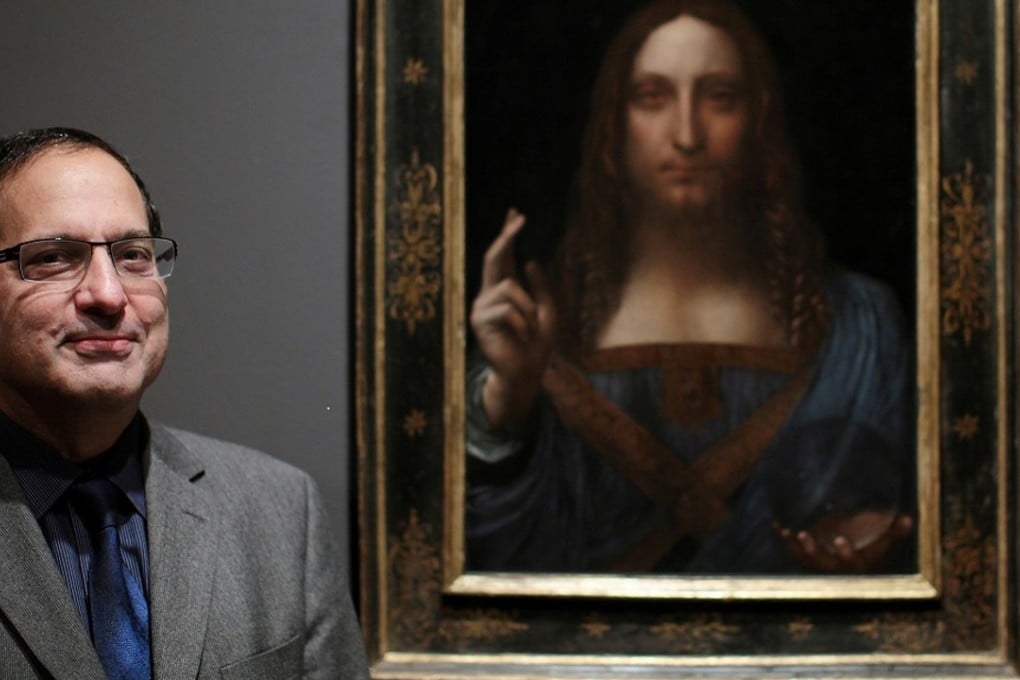Meet the man who found the da Vinci that sold for a record US$450 million
Robert Simon describes how he found the Salvator Mundi at a small Louisana auction in 2005 and brought the Saviour back to life. The last Leonardo painting discovered was in 1909

How does a painting once priced at US$60 ultimately sell for US$450 million? This question comes to mind as I climb the stairs of a pre-war town house near Central Park, New York, to speak to the man who unearthed Leonardo da Vinci’s last painting, Salvator Mundi (Saviour of the World).
Last autumn, the 26-inch high painting shattered auction records when it sold for US$450.31 million, far surpassing the previous record held by Picasso’s Women of Algiers, which fetched US$179.4 million at Christie’s in 2015.
With fewer than 20 works in existence acknowledged to be Leonardo’s, and the rest hanging in museums, the painting was expected to fetch a substantial sum in 2017 – though few anticipated just how much. The last painting by Leonardo to be discovered was the Benois Madonna, which re-emerged at the Hermitage Museum in St Petersburg in 1909.
The contest for the Salvator Mundi came down to two bidders, with the increments jumping at one point from US$332 million to US$350 million in one bid, and then, at just short of 18 minutes, from US$370 million to US$400 million. Gasps were heard in the saleroom, which gave way to applause when
Christie’s co-chairman Alex Rotter made the winning bid for a client on the phone.
In the crowd that November evening was Robert Simon, the New York art dealer who picked up the Salvator Mundi, widely thought to be a badly damaged copy, for under US$10,000 at an estate auction in 2005. Around 20 other copies of the work, by students and followers of Leonardo, are known to exist.